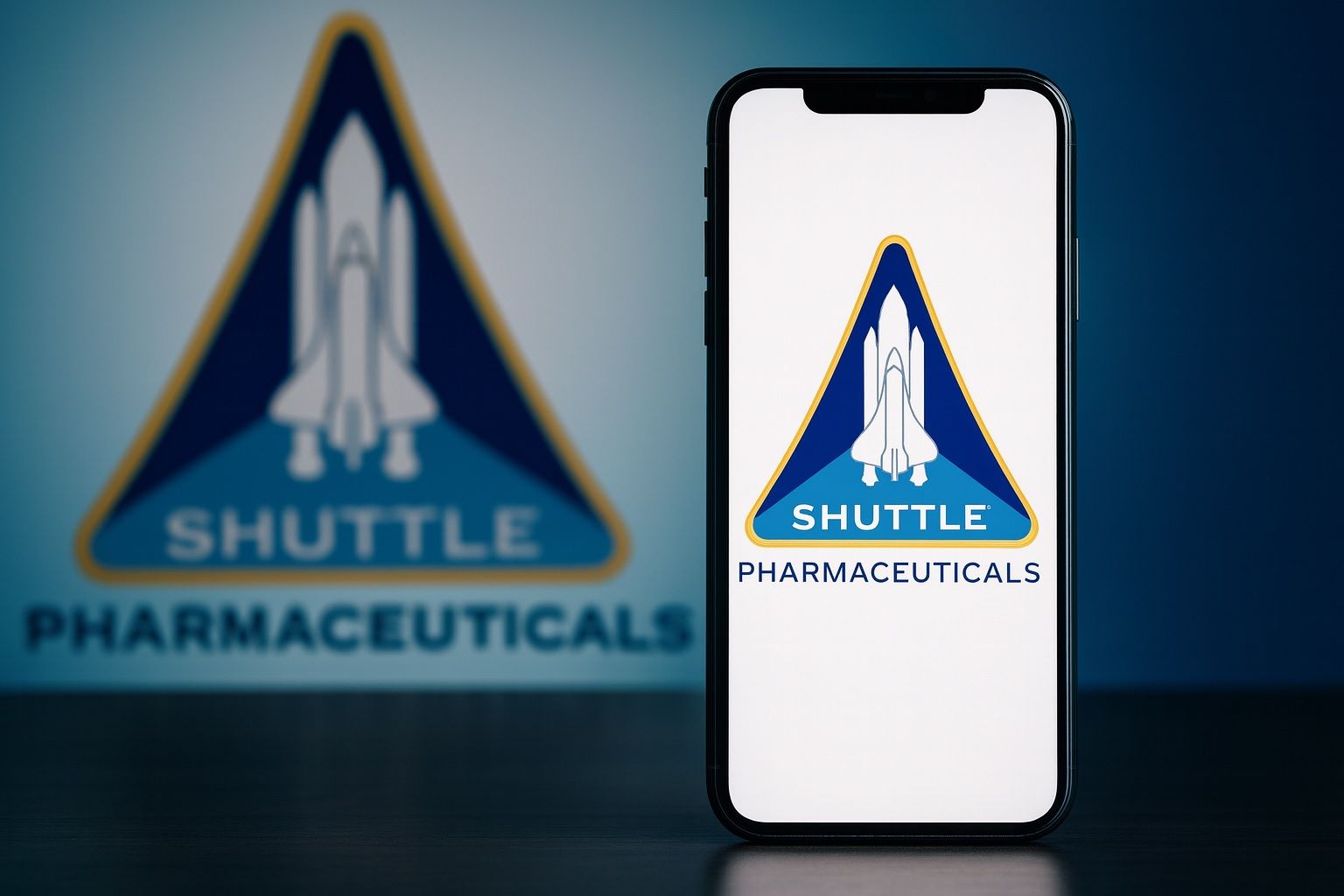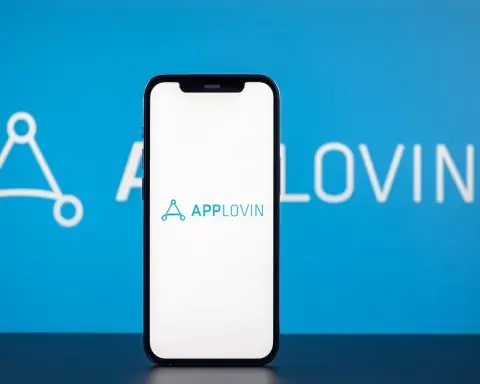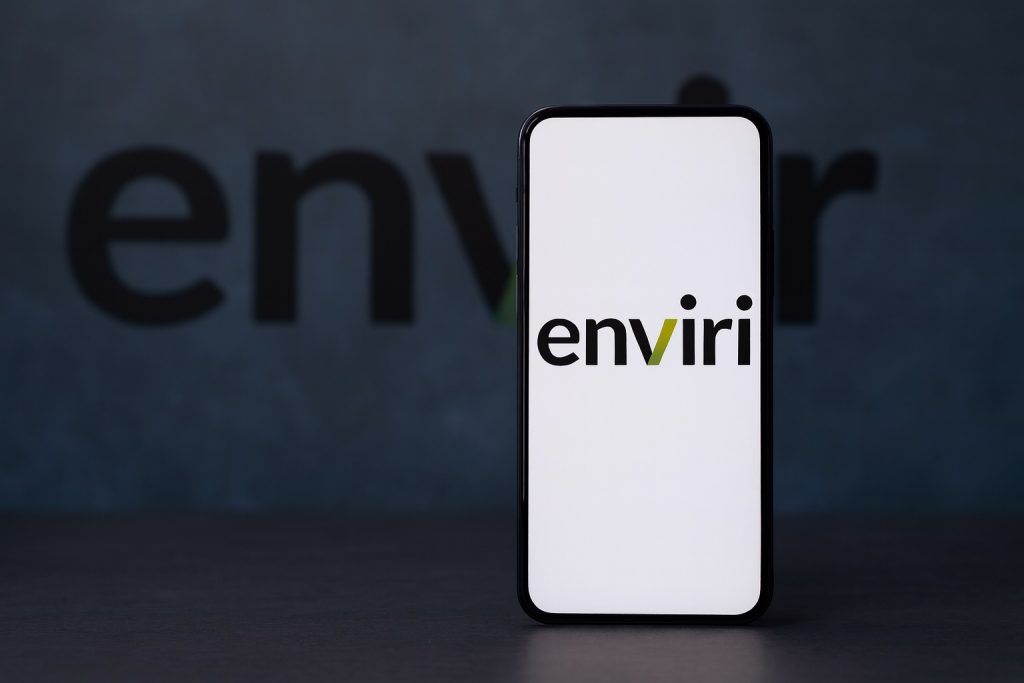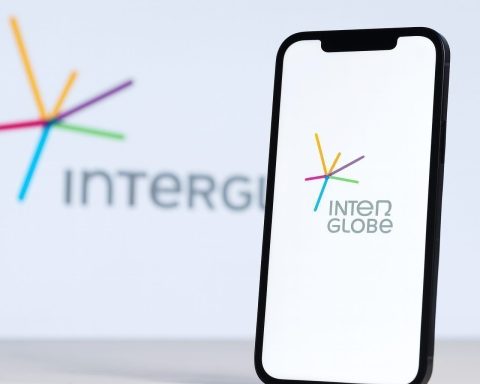Shuttle Pharmaceuticals (NASDAQ: SHPH) surged over 25% in after‑hours and pre‑market trading on November 21, 2025 after an S‑1 filing, recent private placement and Nasdaq compliance update. Here’s what’s driving SHPH stock today.
SHPH stock news today: why shares are surging on November 21, 2025
Micro‑cap biotech Shuttle Pharmaceuticals Holdings, Inc. (NASDAQ: SHPH) is back on traders’ radar this morning.
After closing Thursday’s regular session at $1.83, down 7.6% on the day, Shuttle’s stock spiked to about $2.34 in after‑hours trading, a jump of roughly 28%, after the company’s latest Form S‑1 registration statement hit the SEC’s website. [1]
The momentum carried into Friday’s pre‑market, where:
- Benzinga’s pre‑market movers list showed SHPH at $2.30, up 25.7%, with a market cap around $2.9 million. [2]
- RTTNews separately flagged Shuttle as an 11% pre‑market gainer around $2.04. [3]
Even after today’s bounce, Benzinga notes the stock is still down more than 90% year‑to‑date, within a 52‑week range of $1.82 to $25.25. [4]
So what exactly changed—and how much of this move is fundamentals versus pure trading volatility?
The catalyst: Shuttle’s new S‑1 filing explains the spike
On November 18, Shuttle filed a new Form S‑1 registration statement with the SEC that has become the focal point for today’s rally. [5]
According to both the S‑1 itself and Benzinga’s overnight recap: [6]
- Shuttle is registering for resale 625,156 shares of common stock.
- These shares are issuable upon the exercise of a pre‑funded warrant with a token exercise price of $0.001 per share.
- The pre‑funded warrant is held by a single institutional investor, Alternative Investment Capital Inc.
- The S‑1 explicitly states that Shuttle will not receive any proceeds from the resale of these registered shares – the cash has already been raised.
The filing’s selling‑stockholder table shows that, based on 1,603,285 shares outstanding as of November 17, Alternative Investment Capital could beneficially own around 47% of Shuttle’s common stock after the offering, underscoring just how concentrated the shareholder base has become. [7]
For traders, today’s story isn’t about a new deal—it’s about the market’s reaction to:
- Clarity on how many shares can hit the market from this pre‑funded warrant, and
- The realization that no new dilution‑linked cash is coming from this particular S‑1, because the money was already raised in a prior private placement.
The financing backdrop: $2.5M “above‑market” deal and Nasdaq equity compliance
The S‑1 filing connects directly to a $2.5 million private placement Shuttle announced earlier this month.
On November 3, 2025, the company disclosed that it had entered into a financing agreement with a single accredited investor for approximately $2.5 million in gross proceeds, before fees. [8]
Key terms from Shuttle’s own press release: [9]
- The company agreed to issue a pre‑funded warrant to purchase up to 625,156 shares of common stock.
- The effective purchase price was $4.00 per share, described as “above‑the‑market” under Nasdaq rules.
- Net proceeds are earmarked for marketing, general corporate purposes and working capital.
- WestPark Capital served as exclusive placement agent.
Just days later, on November 17, Shuttle filed a Form 8‑K revealing that its stockholders’ equity was only $1.39 million as of September 30—below the $2.5 million minimum required by Nasdaq Listing Rule 5550(b)(1) for companies on the Nasdaq Capital Market. [10]
However, the same 8‑K states that Shuttle believes it has now regained compliance with the equity requirement because of the $2.5 million private placement completed on November 4. Nasdaq’s listing staff will continue to monitor the company, and if the next periodic report does not show adequate equity, Shuttle’s stock could still face delisting risk. [11]
Put simply:
- The November private placement helped plug a critical equity hole.
- The new S‑1 is about letting that investor resell the shares underlying the pre‑funded warrant, not raising fresh capital.
- Nasdaq compliance risk has eased but not disappeared—it depends on Shuttle maintaining sufficient equity going forward.
Reverse split and micro‑float: why SHPH is so volatile
Today’s huge percentage swings aren’t happening in a vacuum. Shuttle’s capital structure has been radically reshaped this year.
In June 2025, the company executed a 1‑for‑25 reverse stock split, reducing outstanding shares from about 26.2 million to roughly 1.05 million and keeping the Nasdaq ticker SHPH. The stated goal: maintain compliance with Nasdaq’s listing requirements and “strengthen the company’s long‑term capital structure.” [12]
As of this week:
- Outstanding shares sit around 1.6 million. [13]
- Market cap is only about $2–3 million. [14]
- The float is tiny, with a single institutional investor potentially controlling nearly half the stock. [15]
That combination—micro‑float, heavy concentration and a history of reverse splits and financings—is a classic recipe for extreme intraday volatility.
It helps explain how the stock can:
- Drop 7.6% in a regular session to $1.83, then
- Spike nearly 28% after hours on a single filing headline, and
- Be cited as a top pre‑market gainer in multiple trader watchlists this morning. [16]
AI ambitions: Molecule.ai acquisition and the $3.24B AI pharma market
Beyond the financing headlines, Shuttle has been working to re‑brand itself as a radiation‑focused oncology company with an AI edge.
In October, the company announced a series of steps toward acquiring Molecule.ai, a Canadian AI platform for molecular modeling and predictive analytics: [17]
- Oct 9, 2025 – Shuttle disclosed a non‑binding letter of intent to acquire Molecule.ai and highlighted a $3.24 billion AI pharmaceutical market opportunity.
- Oct 10, 2025 – The company followed up with a GlobeNewswire update confirming it had executed an LOI with Molecule.ai.
- Oct 21, 2025 – Shuttle announced a binding term sheet with 1542770 BC Ltd. (Molecule). Under the deal:
- Shuttle or an affiliate would acquire substantially all of Molecule’s assets and liabilities.
- The purchase price is $10 million, paid over time in a mix of cash and Shuttle common stock, tied to performance milestones.
- The transaction remains subject to due diligence and definitive agreements. [18]
Molecule.ai’s platform uses advanced machine learning and autonomous “agentic” AI workflows to: [19]
- Predict molecular properties.
- Model drug‑target interactions.
- Automate multi‑step drug discovery tasks.
If the acquisition closes, Shuttle aims to integrate Molecule.ai with its oncology pipeline, using AI to design and optimize new radiation sensitizers and related therapeutics more efficiently.
For now, though, the Molecule.ai story is strategic and speculative:
- It adds excitement and narrative fuel to a tiny biotech.
- It also adds risk, involving future equity payments, integration challenges and the possibility the transaction does not close on the expected terms—or at all.
Pipeline snapshot: Ropidoxuridine, HDAC inhibitors and diagnostics
At its core, Shuttle remains a clinical‑stage oncology company focused on making radiation therapy smarter, not stronger.
From its own materials and recent sponsored coverage: [20]
- Lead asset – Ropidoxuridine (IPdR)
- A phase II, oral radiation‑sensitizing prodrug intended to make tumor cells more vulnerable to radiation while sparing healthy tissue.
- Currently being studied in glioblastoma, an aggressive brain cancer with high unmet need.
- Sponsored content on BioSpace notes encouraging tolerability in a Phase II trial, with the majority of patients reportedly completing all treatment cycles, and highlights Orphan Drug status for IPdR.
- Preclinical HDAC inhibitor program
- Shuttle reports three pre‑clinical histone deacetylase (HDAC) inhibitor candidates, aimed at modulating DNA repair and tumor response to radiation.
- Diagnostics
- The company is also working on prostate cancer diagnostics, including a blood‑based predictive test designed to help patients and clinicians evaluate the likely success of elective radiation therapy and tailor treatment decisions. [21]
Importantly, none of these programs generate commercial revenue today. They represent future optionality, not current cash flow.
Financial health: zero revenue, rising R&D and a going‑concern warning
Investors looking beyond the trading tape need to spend time with Shuttle’s latest Form 10‑Q for the quarter ended September 30, 2025, filed on November 13. [22]
Highlights from independent summaries of that filing include: [23]
- Revenue:
- $0 for both the quarter and the first nine months of 2025. Shuttle remains pre‑revenue.
- Net loss:
- About $2.3 million for Q3 2025, a ~38% improvement versus the same quarter in 2024 due to lower operating expenses.
- Roughly $9.1 million net loss for the nine months ended September 30, up around 21% year‑over‑year, driven mainly by higher R&D and general and administrative costs.
- R&D and G&A trends:
- R&D expense rose to around $3.5 million for the first nine months, up 35%, reflecting drug product production and trial‑start activities.
- G&A expense jumped to about $3.8 million, almost 4x the prior‑year period, largely due to advertising for investor relations and public‑company costs.
- Liquidity:
- Working capital stood at roughly $1.3 million as of September 30, even before the November private placement.
- The company’s financial statements are prepared on a going‑concern basis, but its auditors and management highlight substantial doubt about its ability to continue as a going concern without additional financing. [24]
The November 4 private placement and earlier June 2025 financing (~$4.3 million in gross proceeds) help bridge the gap, but Shuttle is clearly dependent on capital markets to fund its R&D pipeline and keep its Nasdaq listing. [25]
What today’s SHPH rally really means for investors
Today’s move in Shuttle Pharmaceuticals stock sits at the intersection of hard fundamentals and trading dynamics:
1. Fundamentals: modestly improved, but still high‑risk
Positives:
- The $2.5M November placement plus prior capital raises strengthen stockholders’ equity, at least temporarily, and support ongoing R&D and corporate operations. [26]
- The Nasdaq equity deficiency has been addressed for now, reducing near‑term delisting pressure—though Nasdaq will review future filings. [27]
- The Molecule.ai strategy could, if successfully executed, give Shuttle a differentiated AI‑driven platform in radiation‑focused oncology. [28]
Risks:
- Shuttle remains pre‑revenue, with ongoing losses and a going‑concern warning. [29]
- The S‑1 adds an overhang: 625,156 newly registered shares tied to a pre‑funded warrant held by a single investor can, in time, increase supply in the market and pressure the stock price if sold. [30]
- The Molecule.ai deal is not yet closed and depends on due diligence, definitive agreements and future performance milestones. [31]
2. Trading dynamics: micro‑cap plus concentrated ownership = wild swings
With:
- ~1.6M shares outstanding,
- A market cap under $3M, and
- A single institutional investor holding a large stake, [32]
SHPH behaves more like a trading vehicle than a typical large‑cap biotech. The same structural features that allow 25–30% spikes on news can also result in sharp reversals when sentiment cools.
Bottom line
For short‑term traders, today’s S‑1‑driven rally in Shuttle Pharmaceuticals (SHPH) is a textbook example of how micro‑cap biotech headlines—especially those tied to financing and listing compliance—can ignite outsized moves in a thinly traded stock.
For long‑term investors, the story is more complex:
- The company has real scientific ambitions in radiation‑sensitizing drugs and AI‑enhanced drug discovery. [33]
- But it also carries significant financial, regulatory and dilution risks, including dependence on future capital raises, Nasdaq monitoring and a heavy reliance on a single institutional investor. [34]
Anyone considering SHPH stock should read the full S‑1, 10‑Q and 8‑K filings, understand their own risk tolerance, and consider speaking with a qualified financial advisor. This article is for information only and does not constitute investment advice or a recommendation to buy or sell any security.
References
1. www.benzinga.com, 2. www.benzinga.com, 3. www.rttnews.com, 4. www.benzinga.com, 5. www.sec.gov, 6. www.benzinga.com, 7. www.sec.gov, 8. shuttlepharma.com, 9. shuttlepharma.com, 10. www.sec.gov, 11. www.stocktitan.net, 12. www.stocktitan.net, 13. www.sec.gov, 14. stockinvest.us, 15. www.sec.gov, 16. www.benzinga.com, 17. www.globenewswire.com, 18. www.newsfilecorp.com, 19. www.globenewswire.com, 20. shuttlepharma.com, 21. shuttlepharma.com, 22. www.stocktitan.net, 23. www.stocktitan.net, 24. www.sec.gov, 25. www.sec.gov, 26. shuttlepharma.com, 27. www.stocktitan.net, 28. www.newsfilecorp.com, 29. www.tradingview.com, 30. www.sec.gov, 31. www.newsfilecorp.com, 32. www.sec.gov, 33. shuttlepharma.com, 34. www.stocktitan.net










